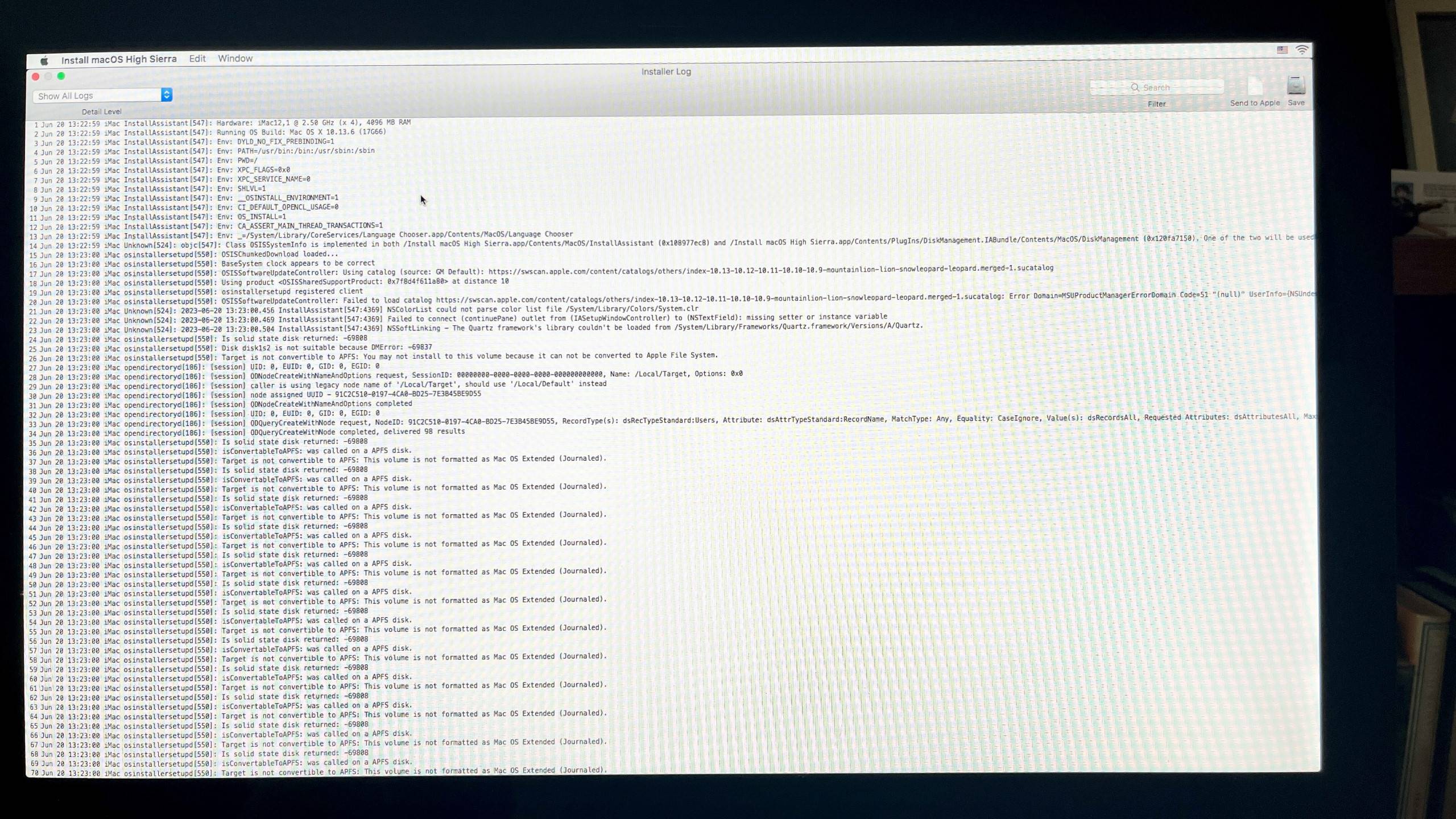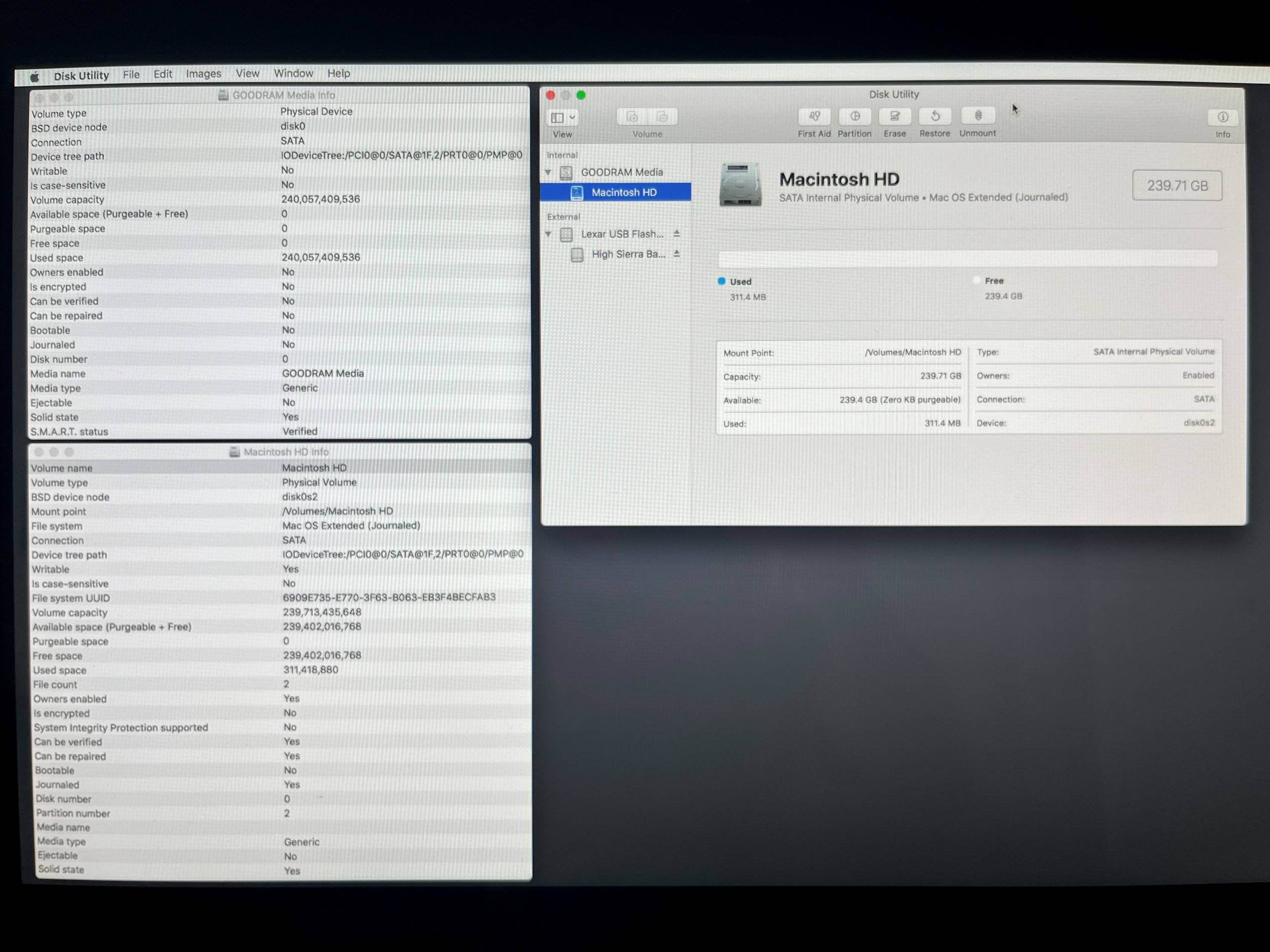Some background: A while ago I found (literally found between garbage on the street) an older (2011) iMac which I intended to be used by my 7 year old son. I never used a Mac myself. The machine started up in High Sierra, with two users accounts (one of which was admin) and a guest account installed. I didn't have any passwords, so I could not do much with it other than try the guest account and see if it worked. All seemed well. At that point I Googled some ways to reset the user accounts to my own. Various sources recommended the same procedure:
- Start up in recovery mode with command+R
- Use Disk Utility to "Erase" the volume "Macintosh HD" (and in the process format is as APFS, the only option apart from some variants like encryption and case-sensitivity).
- Use Install MacOS to install High Sierra on "Macintosh HD" The last step installs fails with a message saying "The recovery server cannot be reached".
At that point I started looking for ways to fix this problem. The most obvious is of course to check the internet connection, which I verified with Network Utility (ping, dns lookup, trace route all work fine). Then I read somewhere that the installer verifies the date. I used Terminal to resync the system clock (which was off only by 0.4s), to no avail.
I also tried Internet Recovery (command+option+R) which downloads an installer for MacOS Lion. This also fails with the same message about the recovery server not reachable, after making sure internet is connected.
Then finally I asked a friend to prepare a bootable USB stick with a High Sierra installer. Again this fails at the same step, also with internet connected.
In the log file there's a line saying "Failed to load catalog https://swscan.apple.com/content/catalogs/...". That's probably what the error message is about.

The log file also mentions that the file system is not suitable, but that's only after I tried Lion, in which the Macintosh HD volume was formatted to MacOS Extended (Journaled) file system (which seems to be the same as HFS?, a bit confusing), as shown in Disk Utility:

The file system issue is another problem than the problem of not reaching the recovery system, I believe, but I could be wrong.
After trying the same on an entirely different network, resulting in the same error message, I came to the conclusion that the reason for failure is that Apple does not support High Sierra any longer. The catalog file that fails to download simply doesn't exist anymore on the server, resulting in a 404 response.
The solution would be to use a stand-alone installer, either a dvd or a USB-drive, instead of a network installer. The full iso is also not downloadable from Apple anymore, but available from other locations.
